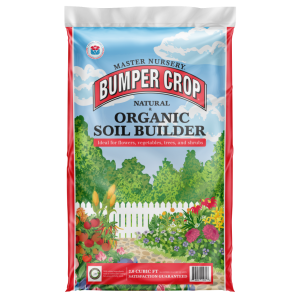Spring blooming bulbs: not only do they provide beauty and color when it is particularly missed and best appreciated, but did you know, about 30 percent of the food we eat depends on the pollination of bees? If we are negligent in protecting our pollinators, our landscapes, gardens, and diets will be irrevocably changed. Planting bulbs in the Fall is an easy way to ensure not only abundant Spring color and beauty but essential food for our key pollinators. Flowering bulbs delight and keep giving to both people and pollinators, year after year, with little effort and considerable reward. So, let’s start planting!
To make sure that your bulbs thrive, it is important that they be planted properly. Following best planting practices will guarantee that both you and your pollinating friends will be compensated, come Spring, with both flowers and nectar.
- Begin by choosing bulbs that will do well in your USDA Hardiness zone. Your local Master Nursery Garden Center is an excellent resource for exceptional gardening information and products. The staff will assist you in selecting the best bulbs for your garden.
- West Coast bulb planting is best done between the end of September through the end of November when nighttime temperatures are consistently between 40 to 50 degrees Fahrenheit.
- Next, choose a site with good drainage. As a general rule of thumb, bulbs do not like wet soil. Amend your planting area with an ample amount of Master Nursery® Bumper Crop® Soil Builder [Eastern & Midwestern Regions | Western Region]. This will add nutrients to your soil as well as aid in soil drainage. Bumper Crop® Soil Builder is a premium soil amendment containing superior natural and organic ingredients including composted chicken manure, earthworm castings, and kelp meal. All of these ingredients contribute, long term, to the health of your soil and the plants that you grow.
- The general rule for planting bulbs is pointed side up, and plant at a depth of three times the height of your bulb. A handheld bulb planter or an auger attached to your household drill will make planting a cinch. Dig your planting hole one-inch deeper than recommended and backfill with one inch of soil before setting in the bulb.
- Backfill the hole with the amended soil that you removed, and water the area thoroughly.
- It is beneficial to mulch your planting area to moderate soil temperature, retain soil moisture, and suppress weeds.
Simple, right? Now sit back and wait. You’re guaranteed beautiful blooms, bountiful bouquets, and bodacious bees next Spring!
Need more gardening inspiration? Click here.





